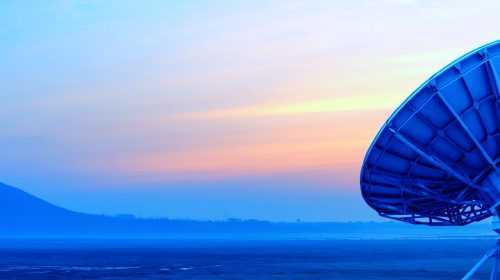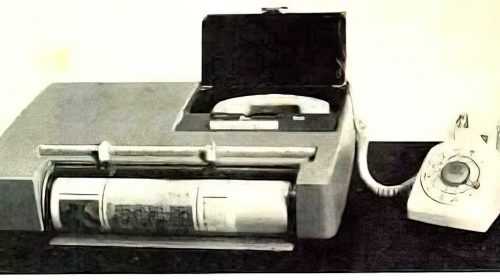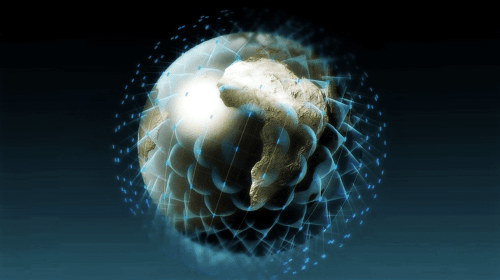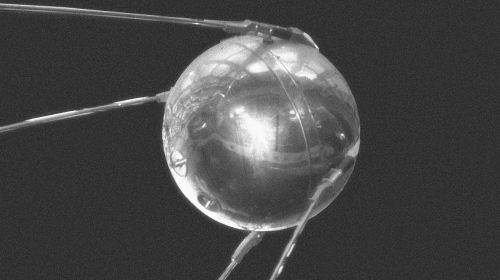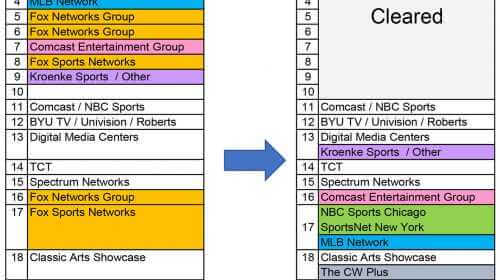Oct 18, 2017
In late August, the Asia America Gateway, comprised of three internet cable systems connecting Vietnam to the internet backbone were cut. It seems that two tropical storms in the region are being held responsible for the failures. According to “The Star” in Malaysia, two typhoons in late August, Hato, leaving three dead in its wake, and Pakhar, which also ravaged the region a few days later, contributed to the failures.
Four cables were damaged: Asia America Gateway (AAG), TGN-Intra Asia (TGN-IA), SEA-ME-WE3 (SMW3), and Asia Submarine-Cable Express (ASE). The AAG apparently ruptured in three places, all within 90 km of the Hong Kong station. The SMW3 cable connects Singapore to Perth, Australia, ASE connects Asian landings to California, and TGA-IA as well as ASE provide additional intra-Asia connections.
After suffering bandwidth losses on all systems, one, SMW3, which was put into service in 1999, was quickly restored. Meanwhile Vietnam’s ISPS, having prepared backup plans for such outages, rerouted international connections via land-based cables through neighboring countries such as Laos, Thailand and China. Branches of the AAG in Japan, Singapore and the US were put to work to handle the rerouted traffic.
The AAG is somewhat infamous, having already ruptured twice this year. In each case, repair work took about one month for each break. Similarly, the IA cable ruptured three times earlier this year. With about 60 percent of the country’s 92 million residents online, the country faces some real challenges keeping its citizens and businesses online.
Domino Effect Across the Region
Vietnam was not the only country affected, with two of Australian ISPs being impacted, as well as routes connecting Hong Kong to the USA, Singapore, Malaysia and the Philippines. At the time, the cable owners were predicting repairs to last well into October. In the meantime, Australian ISPs servicing millions of customers, are routing Asian traffic through the United States, resulting in higher latency, due to long trips across the Pacific Ocean.
As of Sept 28, 2017, the link from Perth to Asia remains unavailable. Additional damage was discovered to the insulation of SMW3. The fault is known as a “shunt fault,” a name describing damage to a subsea cable’s insulation being damaged. While no root cause has been provided, shunt faults can be caused by ocean currents, such as those that might have been generated by the typhoons, or by ship anchors.
As for Vietnam, their outage which began on August 27, was finally repaired a month later on September 30, only to encounter trouble again on Oct 12 when the AAG lost the connection to Hong Kong. These undersea cables have become vital for connectivity to the internet backbone. The TGN-IA cable system began operation in November of 2009. It spans 5,800 km, and links Hong Kong, Japan, Singapore, the Philippines, Vietnam and Guam with the ability to carry 3.84 Tbit/s of traffic. This critical network of underwater submarine cables connect Asia and the United States. Nearly as impressive, the AAG cable system runs very long distances – 20,000 kilometers – and also connects Southeast Asia with the US, supporting up to 2.88 Tbit/s of capacity.
These cable systems are frequently severed or damaged, resulting in lengthy repairs that impact residential and business clients in the affected countries. BusinessCom’s broadband satellite solutions can provide redundancy and backup for mission-critical business traffic. There are no backhoes, anchors or typhoons in space. Broadband satellite connectivity is very reliable, and backed by a BusinessCom SLA (service level agreement), whether used as a primary means of internet access, a load-shared service that takes over if the primary fails, or as redundant, stand by capacity.

